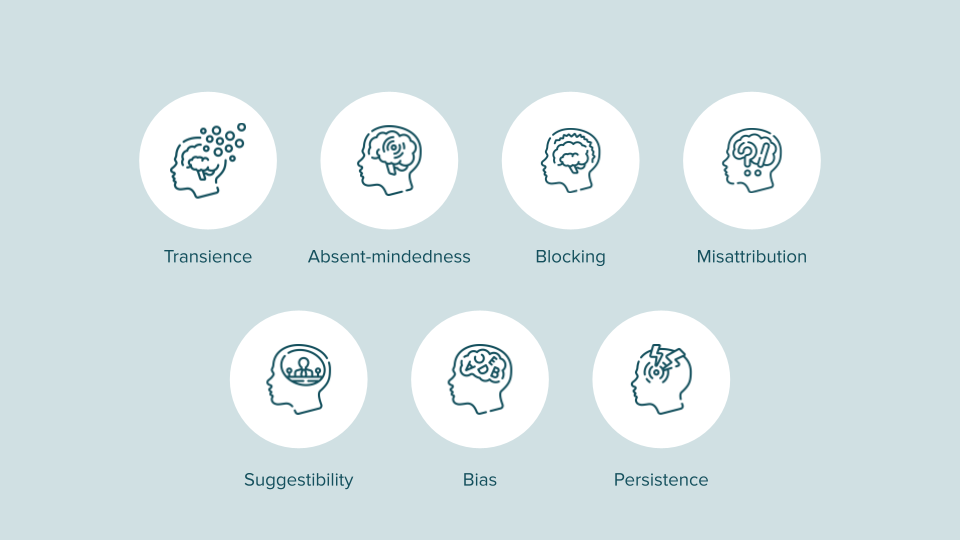How Can Memory Techniques Be Used To Reduce Forgetfulness And Absentmindedness?
Paint a picture in your mind about the numerous times you’ve forgotten where you put your keys or missed an important appointment due to absentmindedness. Now, imagine a life devoid of those ever-terrifying brain blanks. Intrigued? You’re about to navigate the maze of your mind and discover memory techniques designed to tackle forgetfulness and absentmindedness. Prepare to become the ultimate mind maestro with “How Can Memory Techniques Be Used To Reduce Forgetfulness And Absentmindedness?” and reshape your reality one recall at a time.
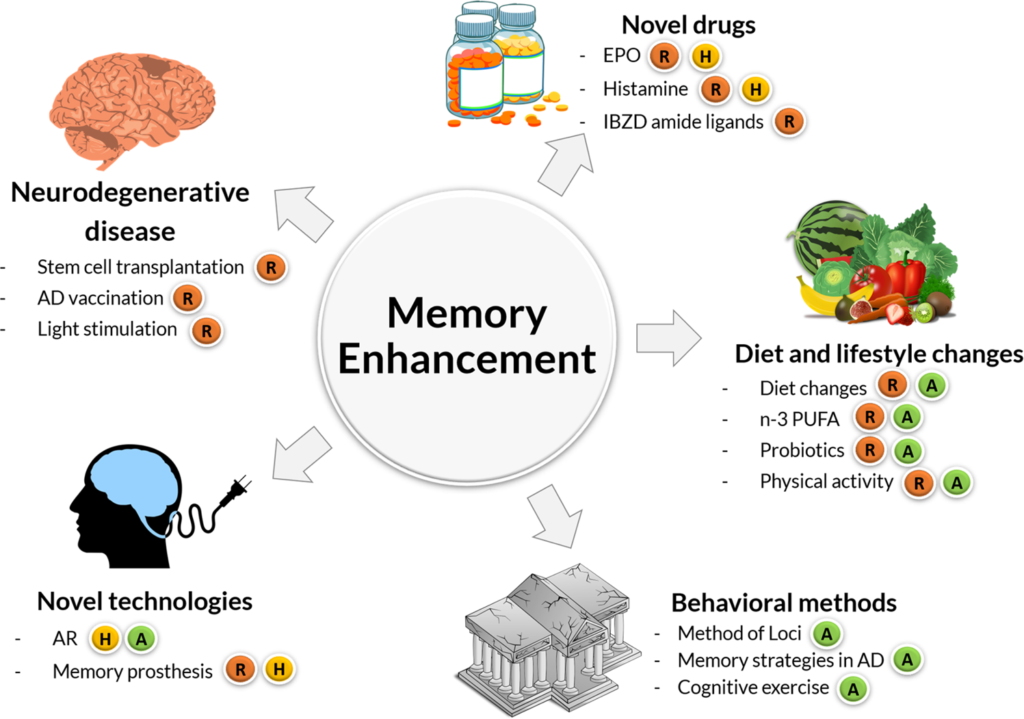
Understanding Memory and Forgetfulness
From the day you first learned to ride the bicycle, to your today’s breakfast menu, everything you recall constitutes your memory. Memory is the process of encoding, storing, and retrieving information that seeps through your senses. There’s more to memory than simple recall, it organizes past experiences and shapes future actions.
Defining Memory and Forgetfulness
Memory can be categorized into three types: sensory, short-term, and long-term memory. Sensory memory is the shortest term element of memory that processes sensory information received from the environment. Short-term memory, also known as working memory, stores immediate and temporary information. And then there’s long-term memory, a storage unit for data that lasts anywhere from several hours to a lifetime.
Forgetfulness, on the other hand, isn’t always a sign of a serious problem. It’s a common part of life which happens when you fail to recall information housed in your memory.
Nature vs. Nurture in Memory
In the age-old dance between nature and nurture, and their role in memory formation, neither takes the lead. Both genetics (nature) and environment (nurture) play significant roles. While certain memory traits might be hereditary, life experiences and learning significantly mold your cognitive abilities.
Factors Contributing to Forgetfulness & Absentmindedness
From multitasking to aging, numerous factors can contribute to forgetfulness and absentmindedness. Sleep deprivation, stress and medications can impair memory. Similarly, mental disorders such as depression and anxiety can also result in forgetfulness.
Distinction between Normal Forgetfulness and Memory Disorders
Understanding the difference between normal forgetfulness and memory disorders can be vital to your mental health. Everyone forgets things from time to time, but memory loss associated with memory disorders such as Alzheimer’s disease, dementia, etc., isn’t a part of the ordinary aging process and requires medical attention.
An Overview of Memory Techniques
Can you train your brain to remember better? Let’s embark on the journey of understanding memory techniques that can aid memory retention.
Different Types of Memory Techniques
Whether it’s cramming for an exam or remembering names at a social gathering, memory techniques can come to your rescue. Techniques like chunking, visualization, association and mnemonic devices can help enhance memory.
The Science Behind Memory Techniques
These memory techniques are rooted in the science of how your brain encodes, processes and retrieves information. Techniques like visualization and association leverage the brain’s ability to create and recall mental images, while chunking and mnemonics organize information into manageable units, making them easier to remember.
Importance and Effectiveness of Memory Techniques
Memory techniques not only improve memory but also shape cognitive abilities, enhance problem-solving skills, and expand learning capacities. The techniques are proven successful in cognitive neuropsychology and are practiced worldwide.
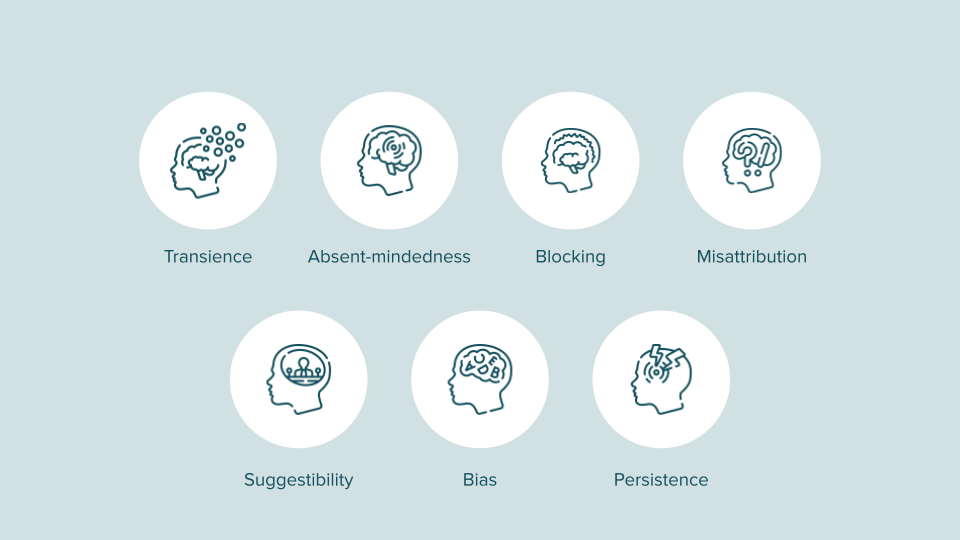
Association Technique
Metaphorically speaking, association technique is the act of building bridges that connect different pieces of information in your memory.
Definition and Application of Association Technique
Association technique is a memory tool that involves creating associations between unrelated items to aid memory retrieval. It’s applied in learning new languages, remembering names, facts, and several real-life scenarios.
Examples of Association Technique
When meeting someone named Rose, you could associate the name with the flower rose to recall it later. This is a simple example of the association technique.
Effectiveness of Association Technique in Reducing Forgetfulness
By creating strong associations between unrelated items, you link broken pieces of information in your mind and facilitate retrieval, thereby decreasing the probability of forgetfulness.
Visualization Technique
If you’re a visual learner, this technique is for you. Visualization technique demands to conjure images that link with the information you want to remember.
Understanding the Visualization Technique
The Visualization technique encourages creating mental images or pictures to remember information. When you visualize, you make it easier for your brain to recall the information.
How Visualization Technique Boosts Memory
By creating vivid images, visualization technique capitalizes on the brain’s inherent ability to organize and analogize information, therefore, enhancing memory.
Practical Usage of Visualization Technique to Combat Absentmindedness
From visualizing a shopping list pictorially to creating a mind map for tough concepts, practical application of this technique can tackle absentmindedness effectively.
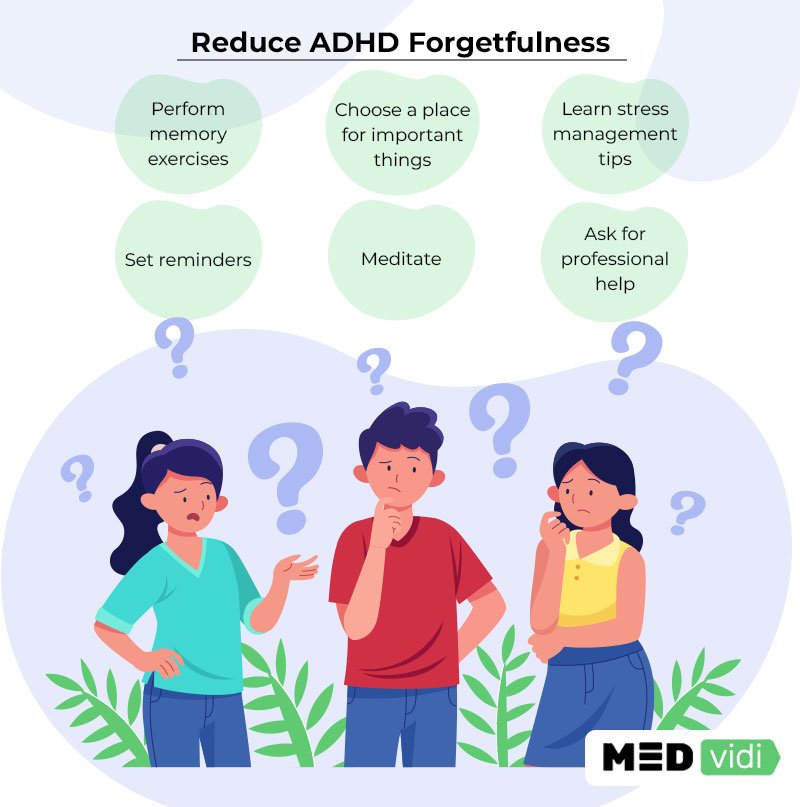
Mnemonic Techniques
Mnemonic techniques can be your secret weapon to combat forgetfulness and enhance memory.
Overview of Mnemonic Techniques
Mnemonic techniques are memory aids that assist in information retention and retrieval. They can be used to remember facts, lists, names, among many.
Different Types of Mnemonic Techniques
Memory devices like rhymes, acronyms, and images are forms of mneumonic techniques. The method of loci, also known as the memory palace technique, is another notable mnemonic device.
Mnemonic Techniques to help in Reducing Forgetfulness
By organizing information in an easier-to-remember format, mnemonic techniques aid in combating forgetfulness.
Chunking Technique
Ever wondered how you memorized your 10-digit phone number? The credit goes to the chunking technique.
Explaining the Chunking Technique
Chunking is a technique of grouping individual pieces of information into larger units (chunks) which makes the information easier to remember.
Impact of Chunking on Memory
Chunking reduces the cognitive load on working memory, making it easier to encode and recall.
Using Chunking to Lessen Absentmindedness
Breaking information into bite-sized chunks helps reduce the likelihood of absentmindedness, as larger and complex information becomes easier to recall.

The Link Method
Treat the link method as a chain, a series of connected items that aid memory.
Understanding the Link Method
The link method, also known as story method, involves creating a story with every item on the list to be remembered in sequential order.
How the Link Method Aids Memory Retention
By creating a meaningful sequence of items, the link method helps to remember and retrieve information effectively.
Practicing the Link Method to Minimize Forgetfulness and Absentmindedness
Practicing the link method regularly can help increase memory retention and minimize forgetfulness and absentmindedness.
Memory Palace Technique
Unleashing the power of spatial memory, the memory palace technique can be a powerful tool to combat forgetfulness.
Introduction to Memory Palace Technique
The Memory Palace technique, also known as the Method of Loci, involves imagining a familiar place and using it as an imaginary memory compartment.
Constructing a Memory Palace for Memory Enhancement
By visualizing a well-known place, like your bedroom or school, one can construct a memory palace and place memory traces across the palace to recall them later.
Role of Memory Palace in Reducing Forgetfulness
By assigning pieces of information to different locations in your “memory palace”, you create a mental roadmap to your memories, which enhances recall and reduces forgetfulness.
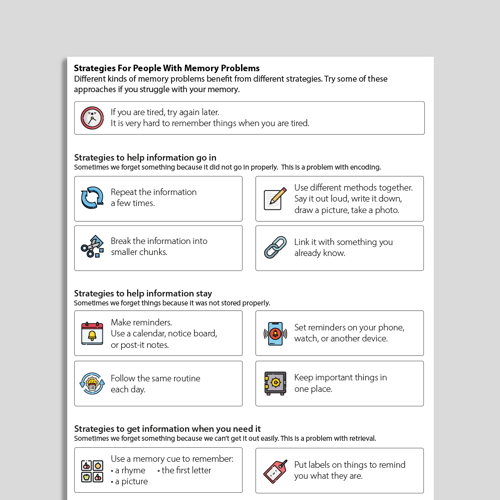
The Spacing Effect and Repetition
The keys to long-term memory consolidation lie in understanding the spacing effect and the power of repetition.
Conceptualizing the Spacing Effect
The Spacing Effect is a psychological phenomenon where information is learned and retained more effectively when studying is spread over time rather than in a single session.
The Power of Repetition in Memory Recall
Repetition strengthens neural pathways, confirming the adage ‘Practice makes perfect.’ The more you rehearse, the better you’ll remember.
: Spacing and Repetition as Tools against Absentmindedness
By focusing on the spacing effect and employing repetition, learning becomes more integrated into long-term memory – an effective defense against absentmindedness.
: Combining Techniques for Maximum Effectiveness
The art of memory enhancement lies in the eclectic use of memory techniques.
Key Advantages of Combining Memory Techniques
Combining multiple memory techniques ensures an all-rounded approach to memory enhancement and makes learning engaging and dynamic.
Which Memory Techniques Work Well Together
While all memory techniques can prove beneficial when combined, pairing visualization with association, and chunking with the memory palace technique can yield successful outcomes.
Steps in Combining Memory Techniques
To combine memory techniques effectively, begin by understanding which techniques work best for you. Then, practice each one diligently. Finally, gradually start incorporating multiple techniques in synergy.
Master the art of memorizing, not merely to overcome forgetfulness or absentmindedness but to make memory your superpower. Remember, memory is the diary that we all carry about with us. Nurture it, cultivate it, and let it bloom.

